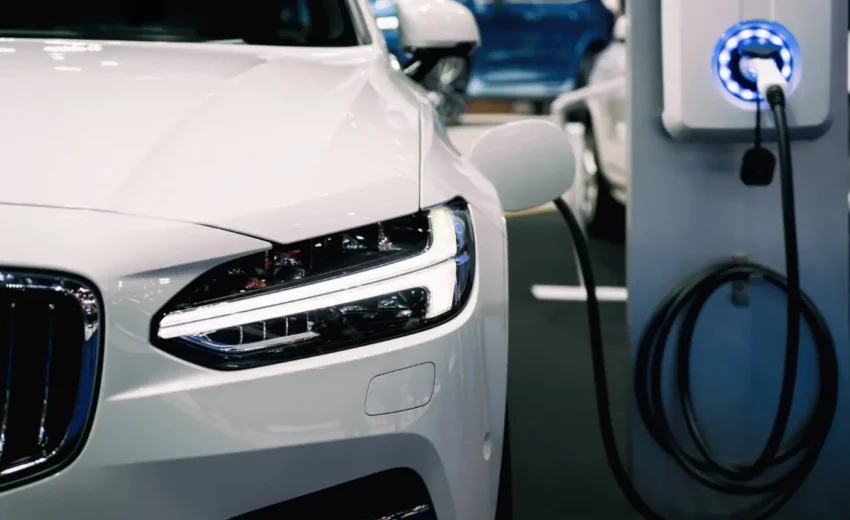
The automotive industry is undergoing a seismic shift, driven by the rapid rise of electric vehicles (EVs). Over the past decade, the EV market has evolved from a niche segment to a mainstream force, reshaping the way we think about transportation, sustainability, and innovation. This growth is not just a trend but a fundamental transformation that promises to redefine the future of mobility.
The Driving Forces Behind EV Market Growth
Several key factors have contributed to the exponential growth of the electric vehicle market. First and foremost is the global push toward sustainability. With climate change becoming an increasingly urgent issue, governments, corporations, and consumers are prioritizing cleaner, greener alternatives to traditional internal combustion engine (ICE) vehicles. Policies such as carbon emission targets, subsidies for EV purchases, and investments in charging infrastructure have created a favorable environment for EV adoption.
Technological advancements have also played a critical role. Improvements in battery technology, particularly in lithium-ion batteries, have significantly increased the range and efficiency of electric vehicles while reducing costs. Companies like Tesla, Nissan, and BMW have led the charge, but traditional automakers such as Ford, General Motors, and Volkswagen are now heavily investing in EV production, further accelerating market growth.
Consumer demand is another major driver. As awareness of environmental issues grows, more people are opting for electric vehicles not just for their eco-friendliness but also for their performance and lower operating costs. EVs offer a smoother, quieter driving experience and require less maintenance than their gasoline-powered counterparts, making them an attractive option for a wide range of consumers.
Market Expansion and Global Trends
The electric vehicle market is no longer confined to a few pioneering countries. While regions like Europe and North America have been early adopters, Asia—particularly China—has emerged as a dominant player. China is now the largest EV market in the world, thanks to strong government support, a robust manufacturing base, and a growing middle class eager to embrace new technologies.
Europe is also making significant strides, with countries like Norway leading the way in EV adoption. In fact, Norway aims to phase out the sale of new ICE vehicles by 2025, setting an example for other nations. Meanwhile, the United States is catching up, with the Biden administration’s ambitious plan to build a national network of 500,000 EV charging stations by 2030.
Emerging markets in Africa, South America, and Southeast Asia are also beginning to explore the potential of electric vehicles. While infrastructure challenges remain, the declining cost of EVs and the increasing availability of renewable energy sources are making them a viable option in these regions.
Challenges and Opportunities
Despite its impressive growth, the EV market still faces several challenges. Range anxiety—the fear of running out of battery power—remains a concern for many consumers, although advancements in battery technology are gradually alleviating this issue. The availability of charging infrastructure is another hurdle, particularly in rural and underserved areas. Governments and private companies must work together to build a comprehensive and reliable charging network to support widespread EV adoption.
Supply chain constraints, particularly for critical materials like lithium and cobalt, also pose a risk to the industry’s growth. However, these challenges present opportunities for innovation. Researchers are exploring alternative battery chemistries, such as solid-state batteries, which promise higher energy density and faster charging times. Recycling programs for used EV batteries are also gaining traction, offering a sustainable solution to resource scarcity.
The Road Ahead
The future of the electric vehicle market looks incredibly promising. Analysts predict that EVs will account for over 50% of global car sales by 2030, driven by continued technological advancements, supportive policies, and shifting consumer preferences. As automakers ramp up production and competition intensifies, prices are expected to drop, making EVs accessible to a broader audience.
Moreover, the rise of electric vehicles is not just about cars. The electrification of buses, trucks, and even two-wheelers is gaining momentum, further expanding the market’s potential. Autonomous driving technology, often integrated with electric powertrains, is another exciting frontier that could revolutionize transportation as we know it.
Conclusion
The growth of the electric vehicle market represents a pivotal moment in the history of the automotive industry. It is a testament to human ingenuity and our collective commitment to building a more sustainable future. As EVs become increasingly mainstream, they will not only reduce our carbon footprint but also pave the way for a cleaner, smarter, and more connected world. The road ahead is electric, and the journey has only just begun.

Imad Ahmad Ali






